One of Citroën’s most iconic models, up there with the Traction and DS, celebrates its 75th anniversary with a special event at the Conservatoire Citroën. Jack Yan looks at the car’s international history
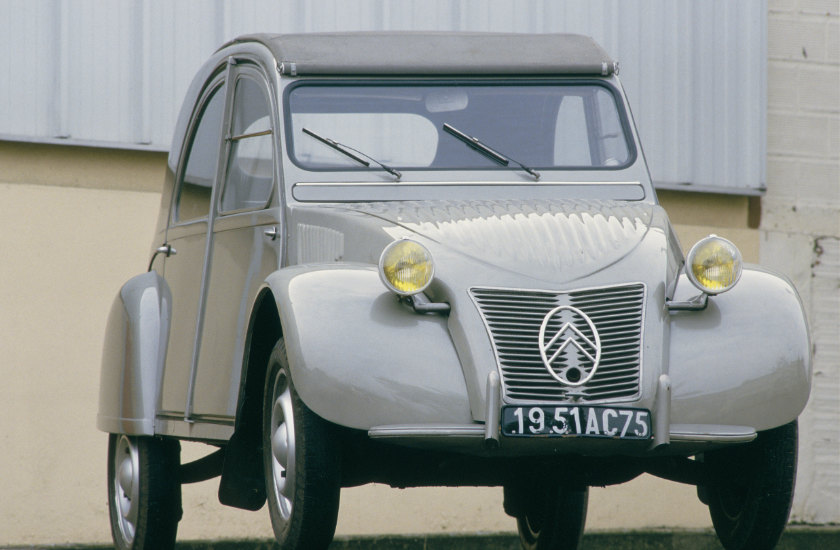
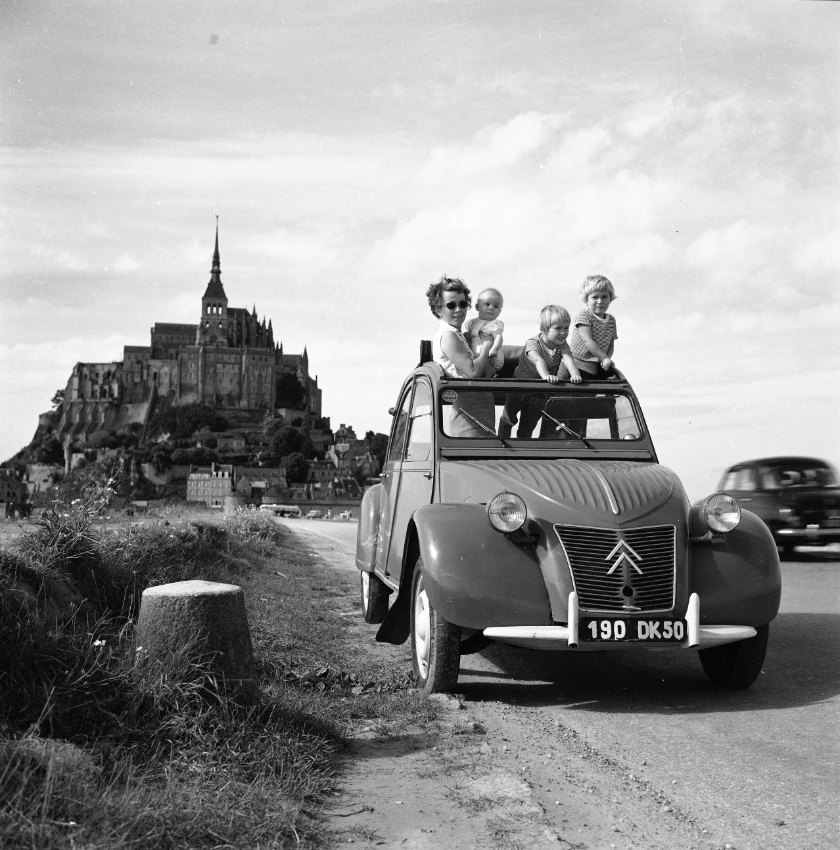
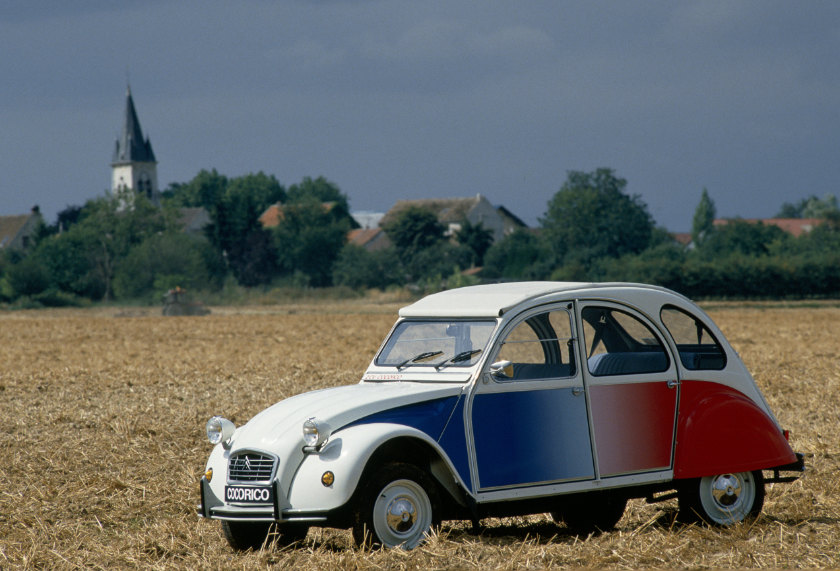
The Citroën 2CV from 1951; at Mont St Michel in a period photo; and the Cocorico limited edition.
Citroën is celebrating the 75th anniversary of its iconic small car, the 2CV, announced at the Salon de Paris in 1948, and in production from 1949 to 1990.
Originating with the Toute Petite Voiture project of 1936 under the visionary vice-president Pierre Boulanger, Citroën had certain guidelines for the car: it should carry two people, 50 kg of potatoes and a small barrel of wine, and use no more than 3 ℓ of fuel per 100 km. It should also be able to drive across a ploughed field without breaking a tray of eggs. Boulanger insisted that he be able to wear his hat inside the car, so the roofline was designed to accommodate it. In 1937, the first prototype emerged, with a single headlight and weighing 370 kg, able to carry four people, 50 kg of luggage, and achieve a maximum speed of 50 km/h.
With the outbreak of war, Citroën hid the prototypes, fearing the Nazis would steal the technology.
In 1948, the 2CV was unveiled—though not to universal acclaim by the press. However, the public saw it differently. After it went into production in July 1949, with a 50 km/h top speed, and a Walter Becchia-designed 375 cm³ air-cooled, flat-twin engine developing 9 PS, orders began coming in, to a point in 1950 where the delivery time was many years—Citroën claims six. Both urban and rural buyers favoured the car, especially with its cheap price, bringing mobility to the masses.
The full-length fabric sunroof, the removal seats, the low running costs, and the simplicity all contributed to its success.
More colours became available and it gained door locks; and the 375 cm³ unit was steadily upgraded to 425, then 435 cm³. There was even a bimotor Sahara model from 1960 to 1971, with four-wheel drive and two 425 cm³ engines. A van appeared in 1951 and is as iconic as the saloon. It even went on Raids: the 16,500 km Paris–Kabul–Paris in 1970, the 13,500 km Paris–Persépolis in 1971, and the 8,000 km Africa Raid from Abidjan to Tunis in 1973.
In France it spawned the Ami, with more power and a boxy body, from 1961 to 1978 (to 1982 in Argentina), and a tidied-up, modernized hatchback model called the Dyane in 1967, ultimately built in Iran till 1984. There was the Ami-based M35, of which 267 were produced between 1969 and 1971, with a single-rotor Wankel engine. The recreational market was served with the ABS plastic-bodied Méhari.
Britain had the Bijou, a rare 2CV coupé from 1959 to 1964; Chile and Argentina had the Citroneta, a saloon with a pick-up rear end; Chile then had the AX-330 and budget-priced AX-300, a hatchback 2CV; and Argentina débuted the 602 cm³ engine before the French, in 1969, with its 3CV (a more accurate name given the larger engine). The 3CV’s successor was made by IES, which was modernized through the 1980s, ultimately with the Súper América in 1987 featuring a larger windscreen, front disc brakes and electronic ignition. The 2CV was arguably ahead of the curve with a crossover model, the Gringo, made by IES, developed from its Gringa commercials, with four-wheel drive and a 635 cm³ engine.
Developing countries saw the FAF, a 2CV-based utilitarian vehicle with estate, convertible, pick-up and van bodies.
The final 2CV left the Mangualde factory in Portugal on July 27, 1990 at 4 p.m., 42 years after the original’s launch. The same year saw the demise of the IES 3CV and the Gringo.
Nicknames included Deuche, Ugly Duckling, and in Germany, both Ente and Döschwo, an approximation of the French Deux Chevaux (two horses, based on the car’s fiscal tax category in France). Its cinematic and cultural history would form another article, having appeared in everything from Tintin to the German Dudu films, and to the James Bond thriller For Your Eyes Only.
A total of 5,114,969 units were produced, including 1,246,335 vans.
An anniversary celebration will take place on October 7 from 10 a.m. at the Conservatoire Citroën in Aulnay-sous-Bois, with 75 restored 2CVs owned by private collectors. It is open to the public. Visitors can also visit the Conservatoire, which houses 250 historical models.
Citroën has released photographs of eight 2CVs from the Conservatoire: the 2CV6 by Hermès (2008), which commemorated its 60th anniversary; the 2CV6 Spécial, one of the last made at Levallois (1988); the 2CV Spot, the first special edition (1976); the 2CVA, one of the prototypes built in 1939 for that year’s cancelled Salon de Paris; a 1950 2CVA berline, identical to one that appeared at the Salon in 1948; a right-hand-drive 2CVA (1953) built in Slough, and the oldest British-made example; the 2CV AZU van (1955); and the 2CV Sahara (1961).
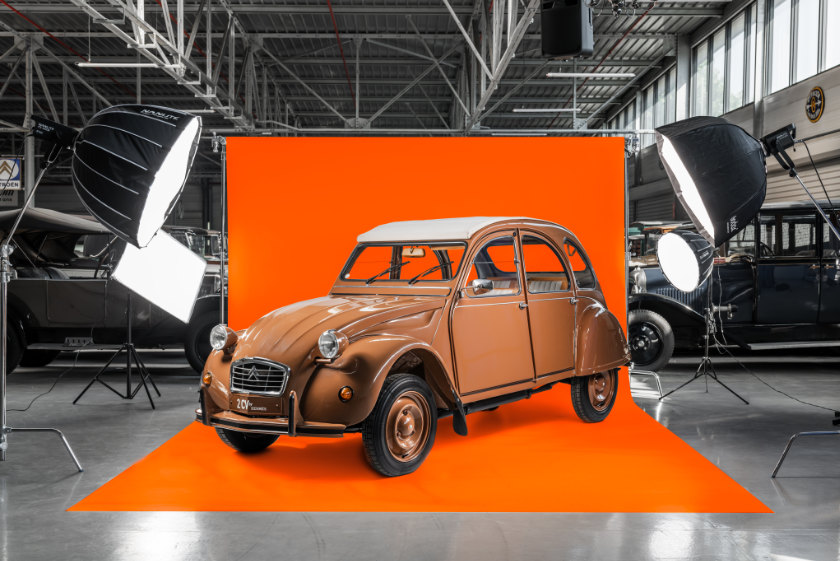
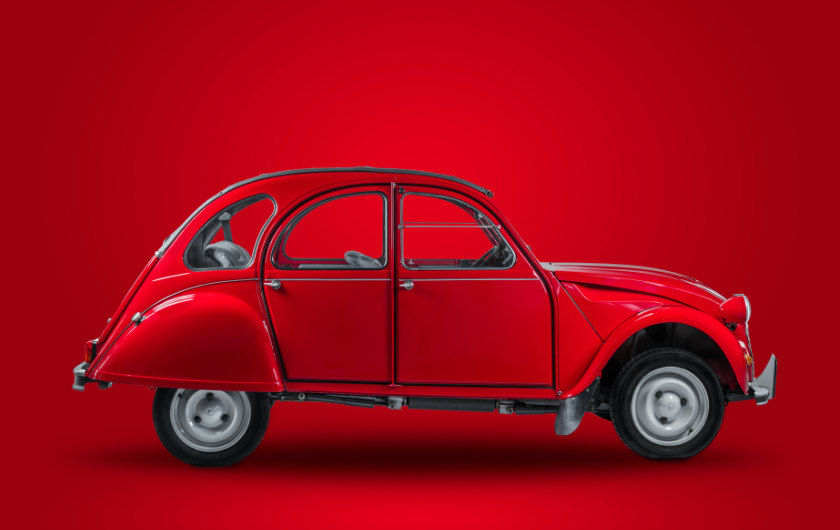
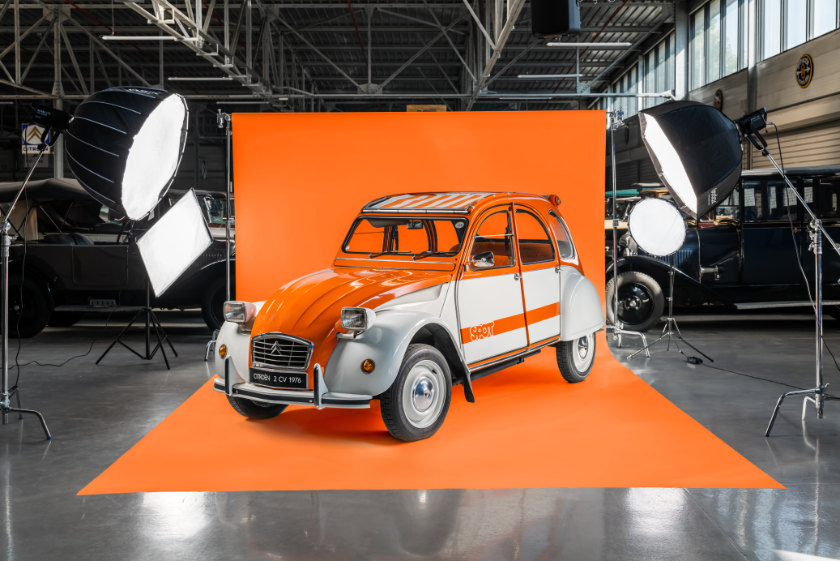
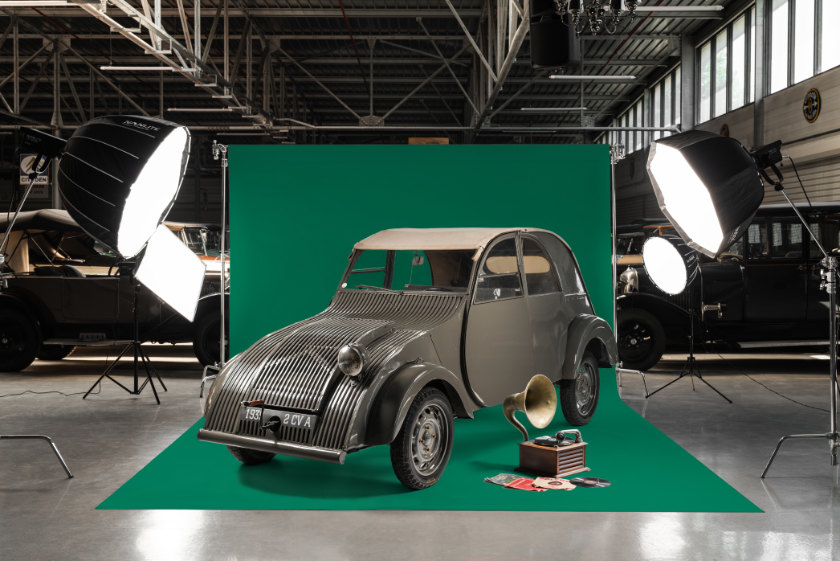
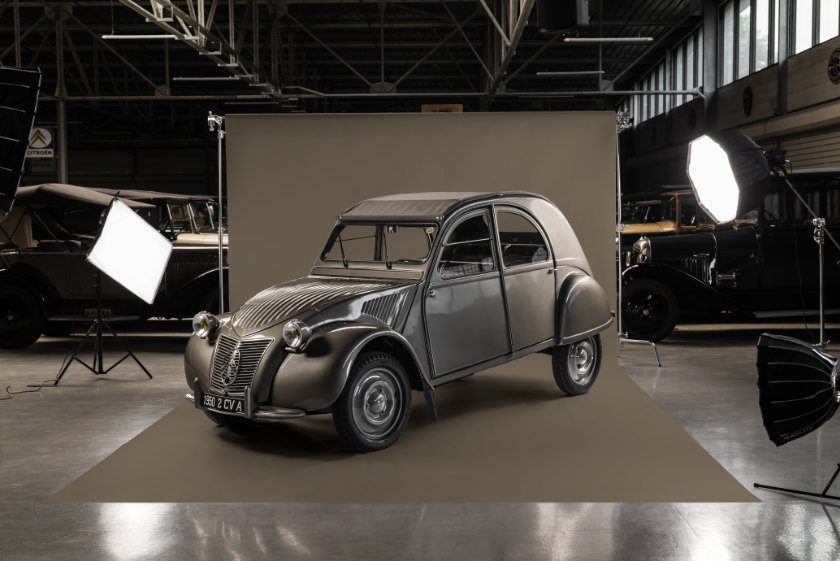

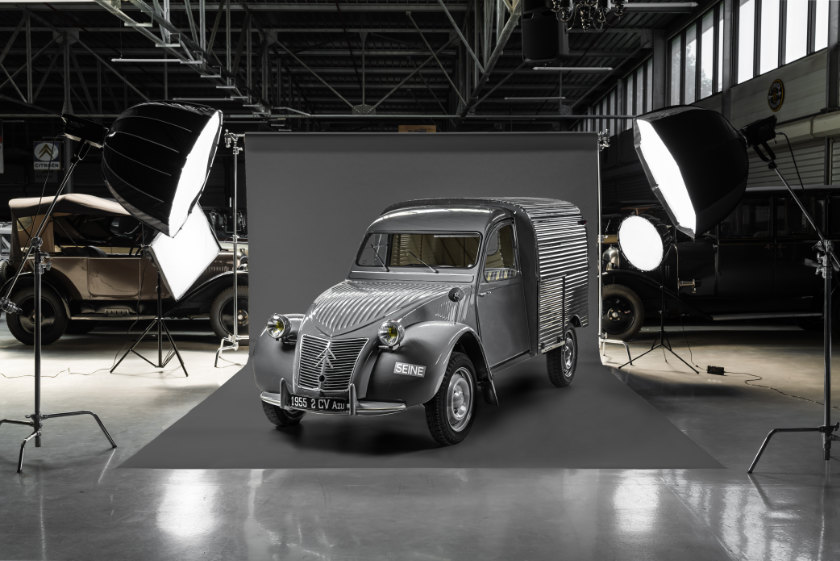
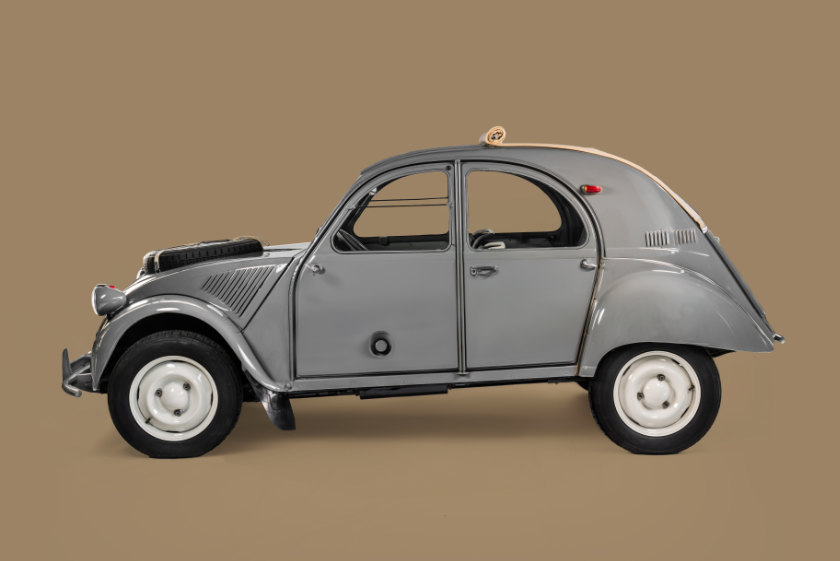
Eight 2CVs from the Conservatoire Citroën: the 2CV6 by Hermès, 2CV6 Spécial made at Levallois in 1988; 2CV Spot; 2CV prototype from 1939; 1950 2CVA; Slough-built 2CV; 2CV AZU van; and the 2CV Sahara.
Jack Yan is founder and publisher of Lucire.

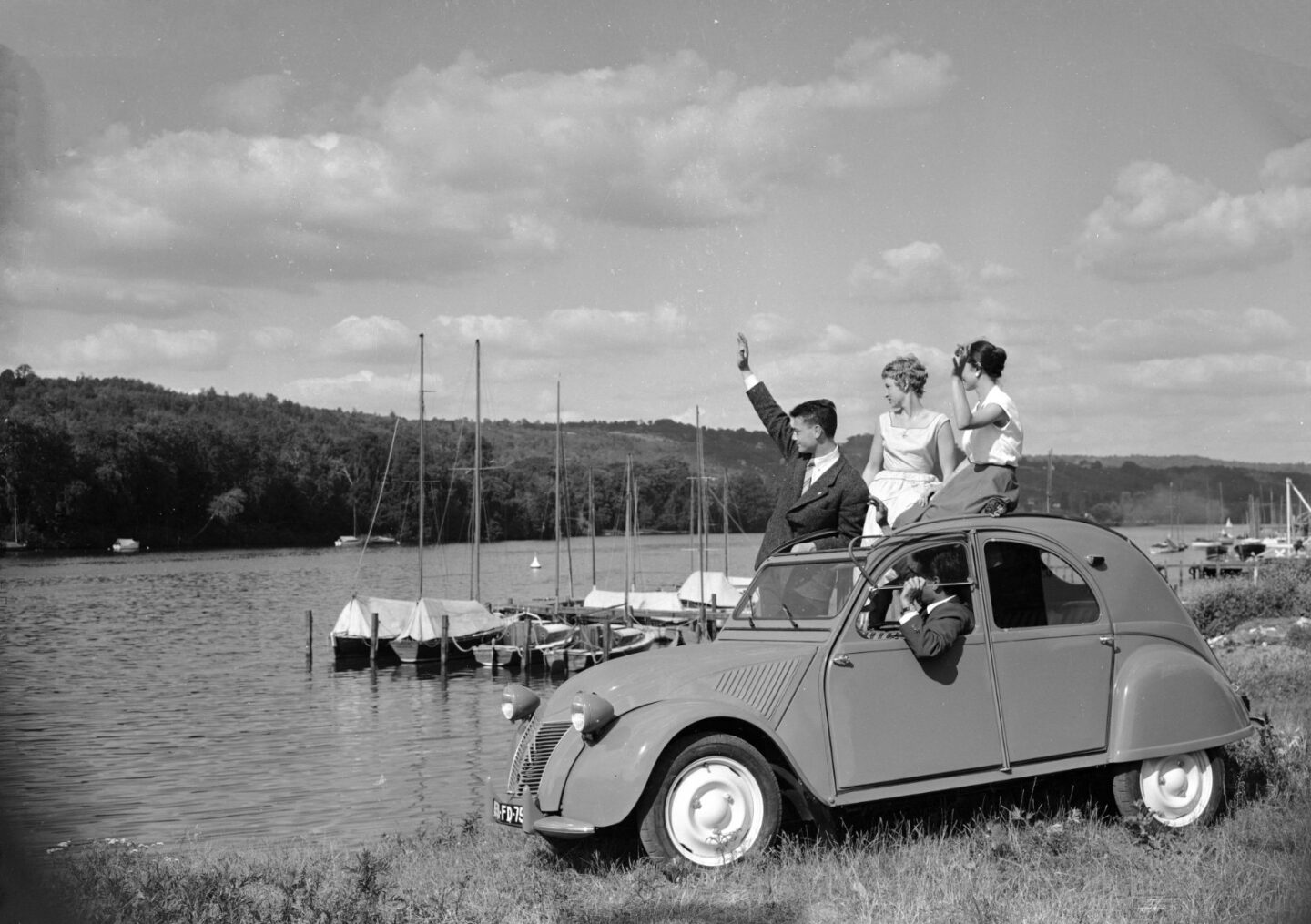



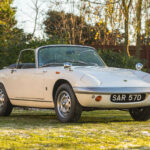




Leave a Reply